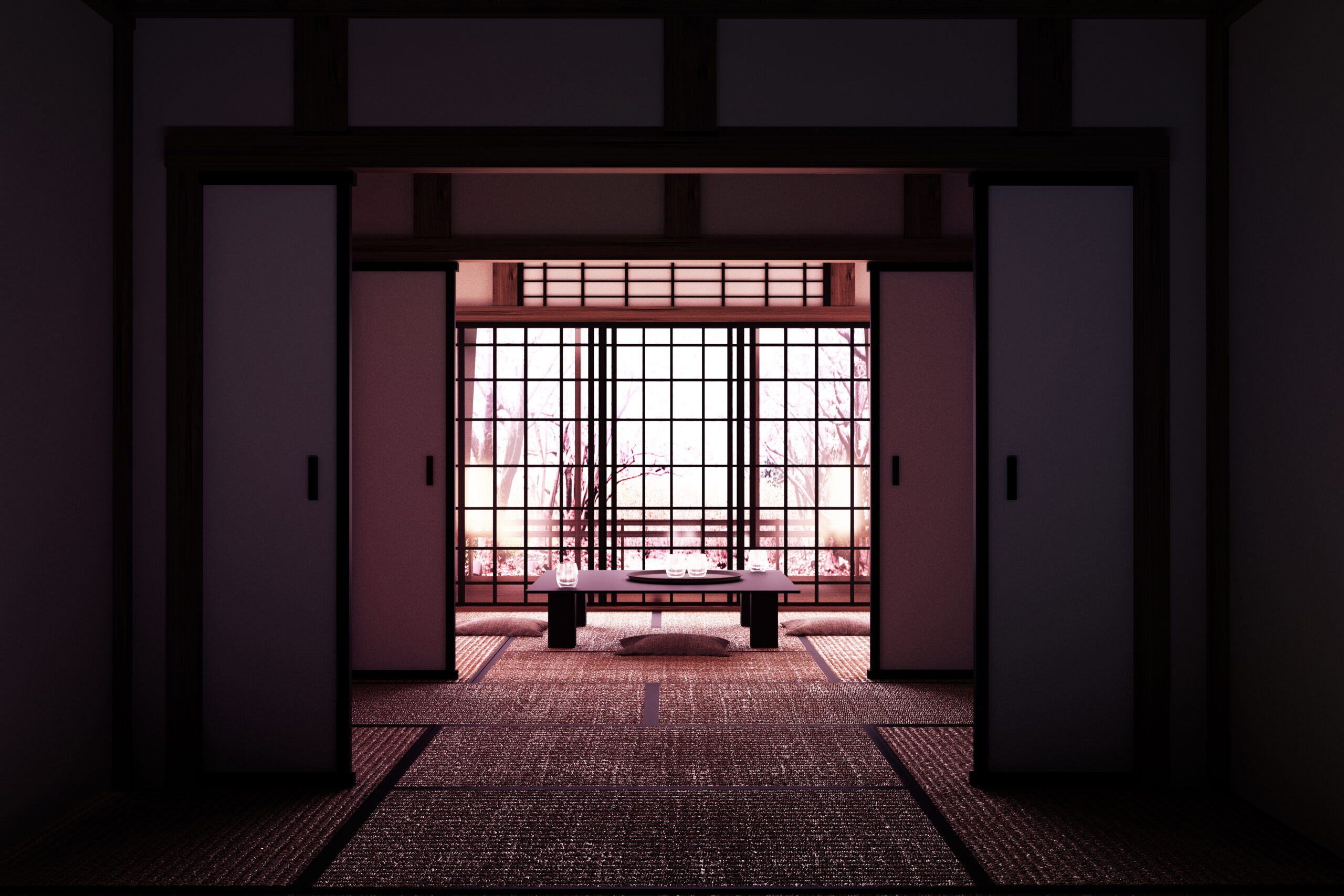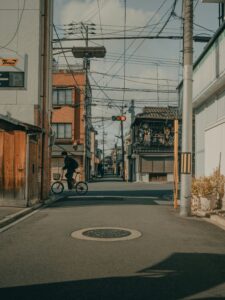In Japan, a country renowned for its technological advancements and rich cultural heritage, the value of residential homes presents a stark contrast to what many would expect from such a developed nation. Unlike in many Western countries, where real estate often appreciates over time, the Japanese housing market is characterized by a steep decline in home values, posing significant challenges for homeowners and the economy at large. This phenomenon, deeply rooted in cultural, demographic, and policy-driven factors, offers a unique perspective on the complexities of housing markets worldwide. This article delves into the reasons behind the rapid depreciation of Japanese homes, exploring the cultural nuances, construction practices, demographic trends, and government policies that contribute to this unique real estate landscape.
The Vanishing Value of Japanese Homes
In Japan, a new home begins to lose its value almost immediately after it is built, a stark contrast to expectations in many other countries. Within 15 years, most Japanese homes have depreciated significantly, and by the time they reach 30 years, they are often considered nearly valueless, unless they occupy highly coveted land in metropolitan areas. This depreciation curve is so steep that it’s not uncommon for houses to be demolished and rebuilt rather than sold, leading to a cycle of constant renewal in residential neighborhoods. The implications of this depreciation affect not just the homeowners but also the broader economy, influencing consumer spending, inheritance dynamics, and urban planning.
Why Japan’s Houses Depreciate So Rapidly
Several factors contribute to the rapid depreciation of houses in Japan. Foremost among them is the preference for new construction, which is driven by consumer taste as well as safety concerns related to earthquakes. Additionally, construction techniques and materials, though highly advanced, are often geared towards creating lightweight, earthquake-resistant buildings that may not age as gracefully as their Western counterparts. Tax policies also play a significant role, with incentives that favor new construction over the preservation or renovation of existing homes. Together, these elements create an environment where older homes are often seen as liabilities rather than assets.
The Cultural Reasons Behind Japan’s Housing Decline
Culturally, the Japanese have a deep appreciation for newness and innovation, which extends to their homes. This cultural preference is reinforced by a Shinto belief in the impermanence of physical objects, which lends itself to a less sentimental view of buildings. Additionally, the practice of passing down wealth through generations in Japan often takes the form of new homes, rather than preserving the old family homestead. This preference for the new over the old has profound implications for the housing market, encouraging the cycle of demolition and reconstruction that characterizes Japanese residential areas.
A Closer Look at Japanese Construction Practices
Japanese construction practices are both a cause and a reflection of the housing market’s characteristics. Homes are typically built with the latest earthquake-resistant techniques, which are constantly evolving, making older homes seem outdated by comparison. Moreover, the use of materials designed for lightness and flexibility, while excellent for seismic safety, means that buildings can show signs of wear and age more quickly than their brick and mortar counterparts in other countries. The construction industry is also a significant part of the Japanese economy, and the demand for new homes directly supports this sector, further incentivizing the cycle of rebuilding.
Demographic Decline: Impact on Japan’s Real Estate
Japan’s demographic challenges are well-documented, with a rapidly aging population and a declining birthrate leading to a surplus of homes in many parts of the country. This demographic decline has led to a situation where the supply of homes far exceeds demand, particularly in rural areas, exacerbating the depreciation of property values. In cities, while demand remains higher, the preference for new construction means that even homes in relatively good condition can quickly lose their value as they age. This demographic trend poses significant challenges for the real estate market, affecting everything from urban planning to fiscal policy.
The Lifecycle of a Japanese Home Explained
The lifecycle of a typical Japanese home is markedly different from that in many other countries. After construction, a home’s value peaks and then begins to decline rapidly. Within a couple of decades, it’s often more economical to rebuild than to attempt to sell or renovate an existing structure. This cycle is influenced by the factors already discussed: consumer preferences, construction practices, and tax incentives. The end result is a housing market characterized by a constant churn of demolition and construction, with older homes often viewed as temporary structures awaiting their eventual replacement.
Urban vs. Rural: The Geographic Divide in Home Value
The depreciation of home values in Japan varies significantly between urban and rural areas. In major cities like Tokyo and Osaka, land is scarce and highly valued, leading to a situation where the land a house sits on is worth more than the house itself. In contrast, rural areas of Japan face a glut of empty homes, with little to no market demand. This has led to the phenomenon of "akiya" (vacant houses), which has become a significant social and economic issue. Urban homes, while still depreciating, often have a somewhat better value retention due to the premium placed on land in densely populated areas.
Government Policies and Their Effect on Property Values
Government policies have had a profound impact on the Japanese real estate market. Incentives for new construction, such as subsidies and tax breaks, have encouraged the cycle of demolition and rebuilding. At the same time, efforts to address the issue of vacant homes in rural areas have met with limited success. Recently, there has been some shift towards policies that encourage renovation and revitalization of existing properties, but these efforts face significant cultural and economic headwinds. The government’s role in shaping the housing market continues to be a subject of debate, with policy decisions having far-reaching implications for property values and economic health.
The Future of Japanese Real Estate: Trends to Watch
Looking ahead, several trends could influence the future of Japanese real estate. Technological advancements, including smart homes and green building techniques, offer the potential for homes that are not only more desirable but also more durable. Demographic shifts, particularly in urban areas, could lead to changes in housing demand, possibly slowing the rate of depreciation. Additionally, growing awareness of global environmental issues may lead to an increased interest in sustainable living and the renovation of existing structures. However, overcoming the entrenched cultural and economic forces that drive the current cycle of depreciation will be a significant challenge.
Reversing the Trend: Possible Solutions for Japan
To reverse the trend of rapidly depreciating home values, Japan may need to embrace a multifaceted approach. Encouraging the renovation and preservation of existing homes through tax incentives and subsidies could help shift consumer preferences. Changing construction practices to focus on longevity and sustainability, rather than just newness and earthquake resistance, could also play a role. Additionally, addressing the demographic challenges by making it easier for foreigners to buy and own property in Japan may help stimulate demand. However, any solution will need to consider the complex interplay of cultural, economic, and policy factors that define the Japanese housing market.
How Japanese Homeowners Cope with Depreciation
For Japanese homeowners, coping with the rapid depreciation of their homes requires a different mindset than in countries where real estate typically appreciates. Many focus on the utility and enjoyment of their home rather than its investment potential. Others plan for eventual reconstruction, saving accordingly to rebuild when the time comes. The government’s recent efforts to promote home renovation over replacement have also provided new options for homeowners looking to preserve the value of their properties. Despite these challenges, the Japanese housing market remains dynamic, with innovation and change driven by necessity and the evolving needs of its population.
From Land to Liability: The Reality of Owning Homes in Japan
Owning a home in Japan comes with a unique set of challenges. What in many countries is seen as a significant asset can quickly become a liability as the structure ages and its value plummets. This reality shapes not only individual financial planning but also broader economic and social policies. Whether through demolition and rebuilding or through a gradual shift towards renovation and preservation, the future of Japanese real estate will undoubtedly continue to evolve, reflecting the changing priorities and needs of its society.
The Japanese housing market, with its rapid depreciation of home values, presents a starkly different model from that of other developed nations. This phenomenon, rooted in cultural preferences, demographic trends, government policies, and construction practices, offers a unique window into the challenges and opportunities of managing real estate in a rapidly changing world. As Japan grapples with these issues, the solutions it adopts could provide valuable lessons for other countries facing their own housing challenges. The journey towards a more sustainable and balanced real estate market is complex, but it is also an opportunity for innovation and transformation in the face of seemingly intractable challenges.




